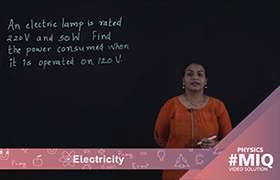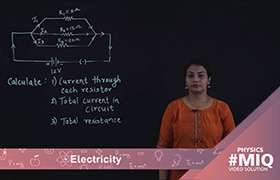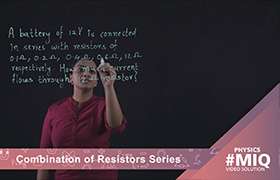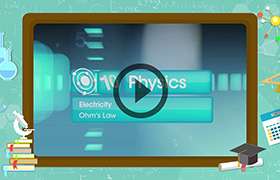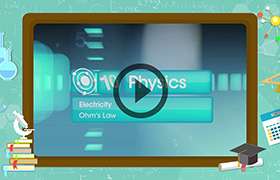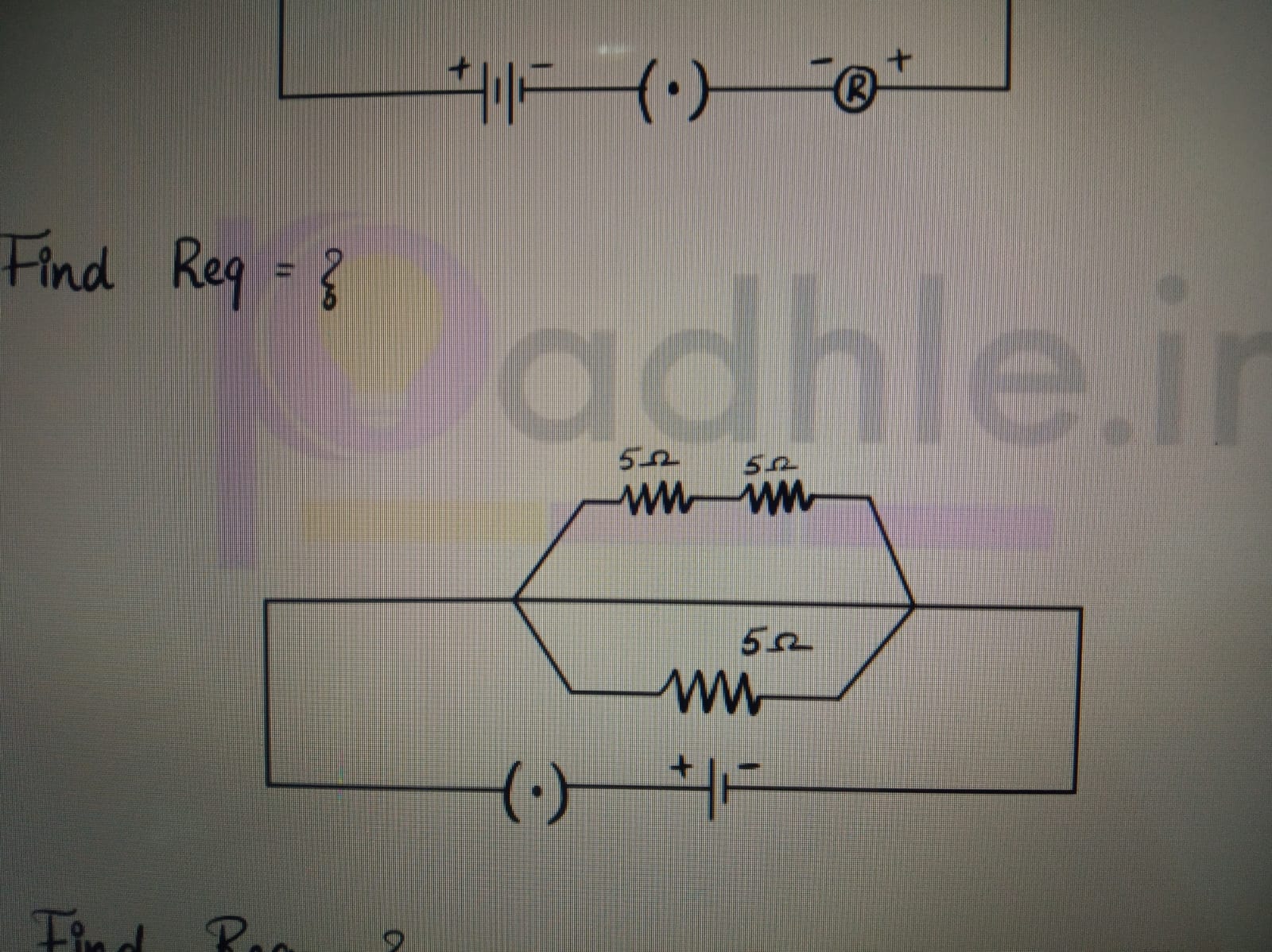Derivation of the Parallel Resistance Formula
Its easy to see where the series resistanceformula comes from; add a resistor, add its resistance. Its more difficult to see where the parallel resistance formula comes from. However, the formula can be derived using a simple combination of KCL and Ohms law. Take the simple circuit shown in Figure 11. KCL says that the total current in the circuit must be equal to the currents I1 and I2.
From KCL:
Using Ohms law gives equations for Is, I1, and I2.
From Ohms Law:
Plug these three equations back into the first equation and solve for R1||R2 to derive the formula for two parallel resistors.
Which gives us


